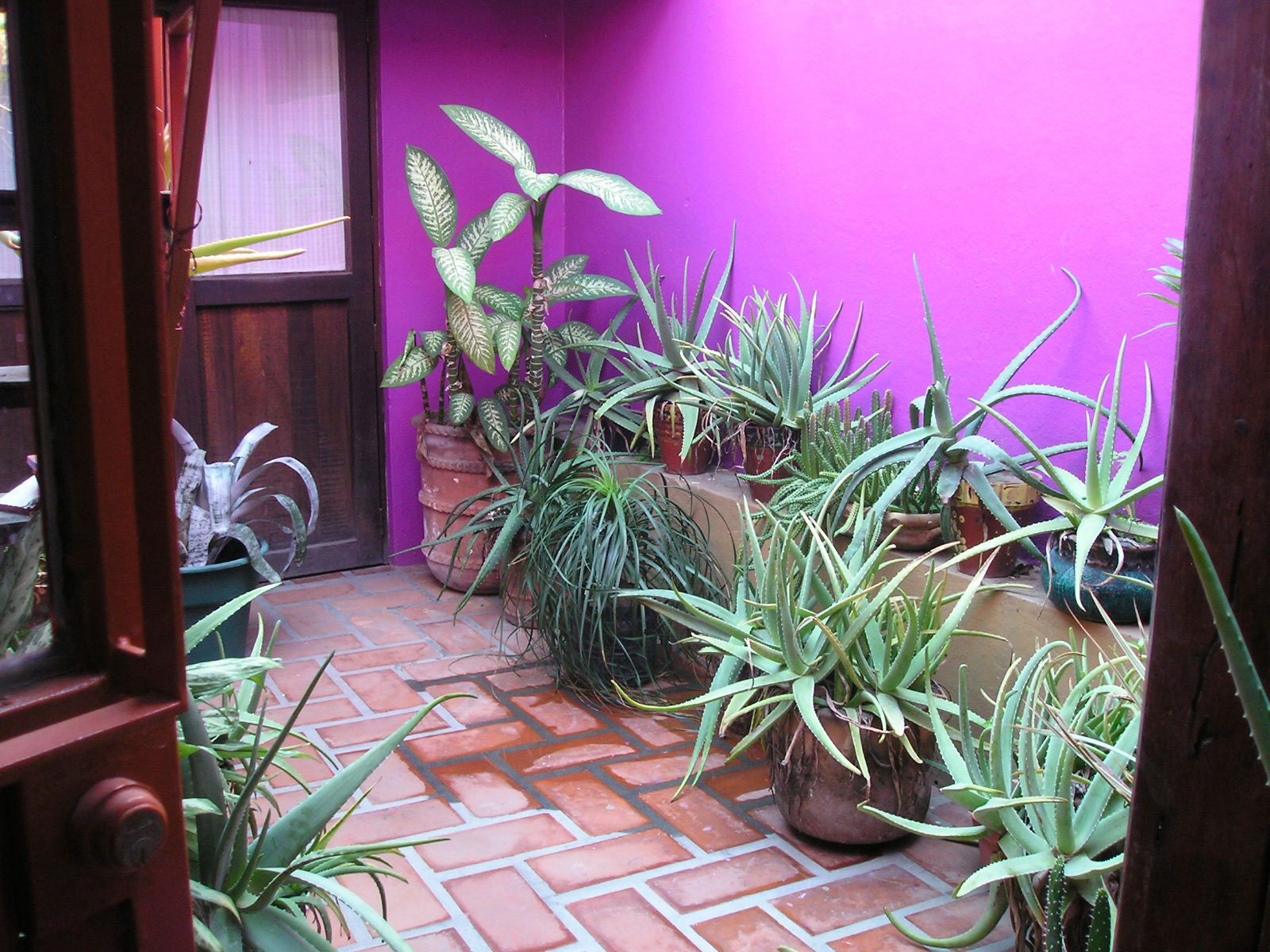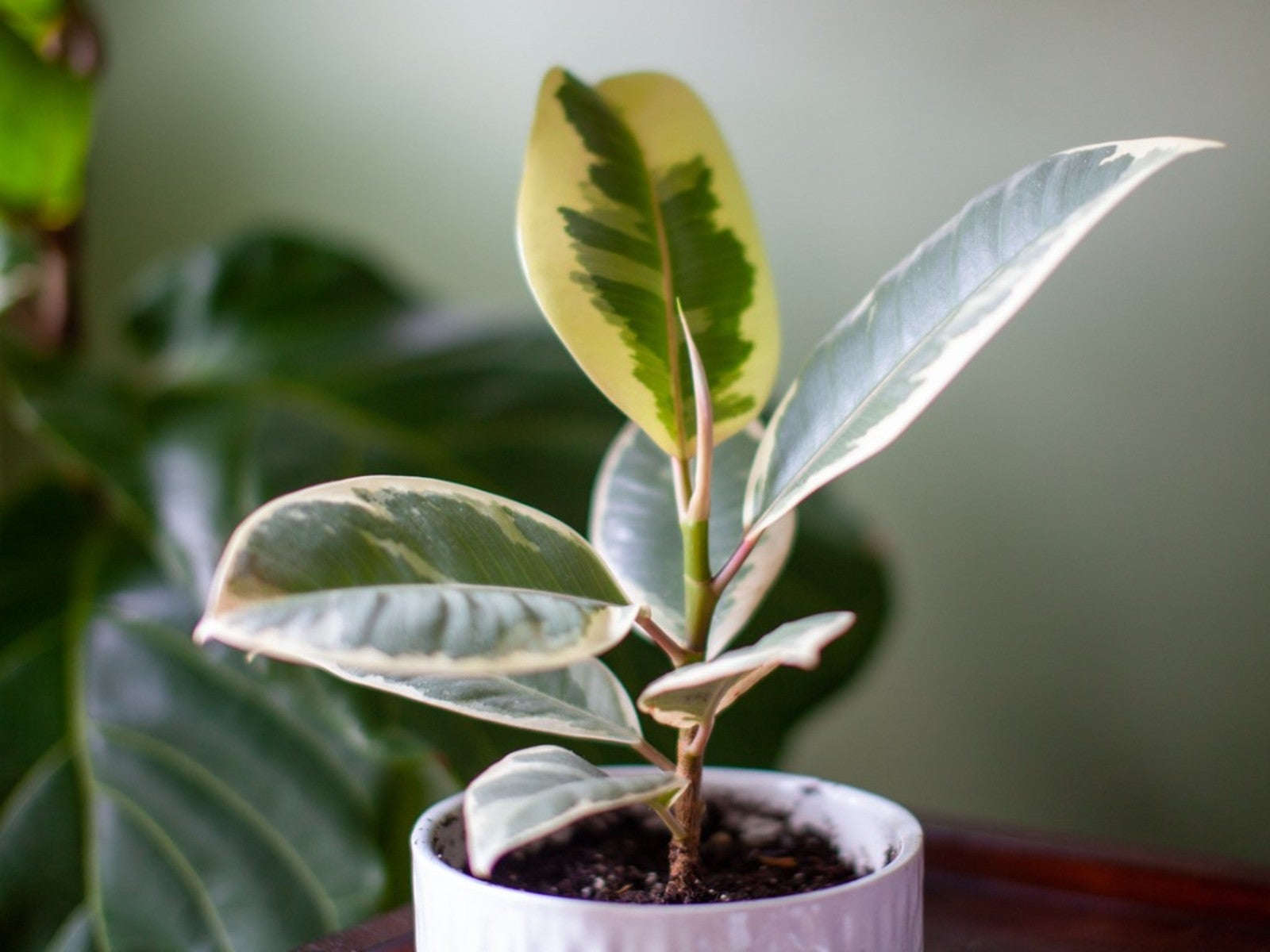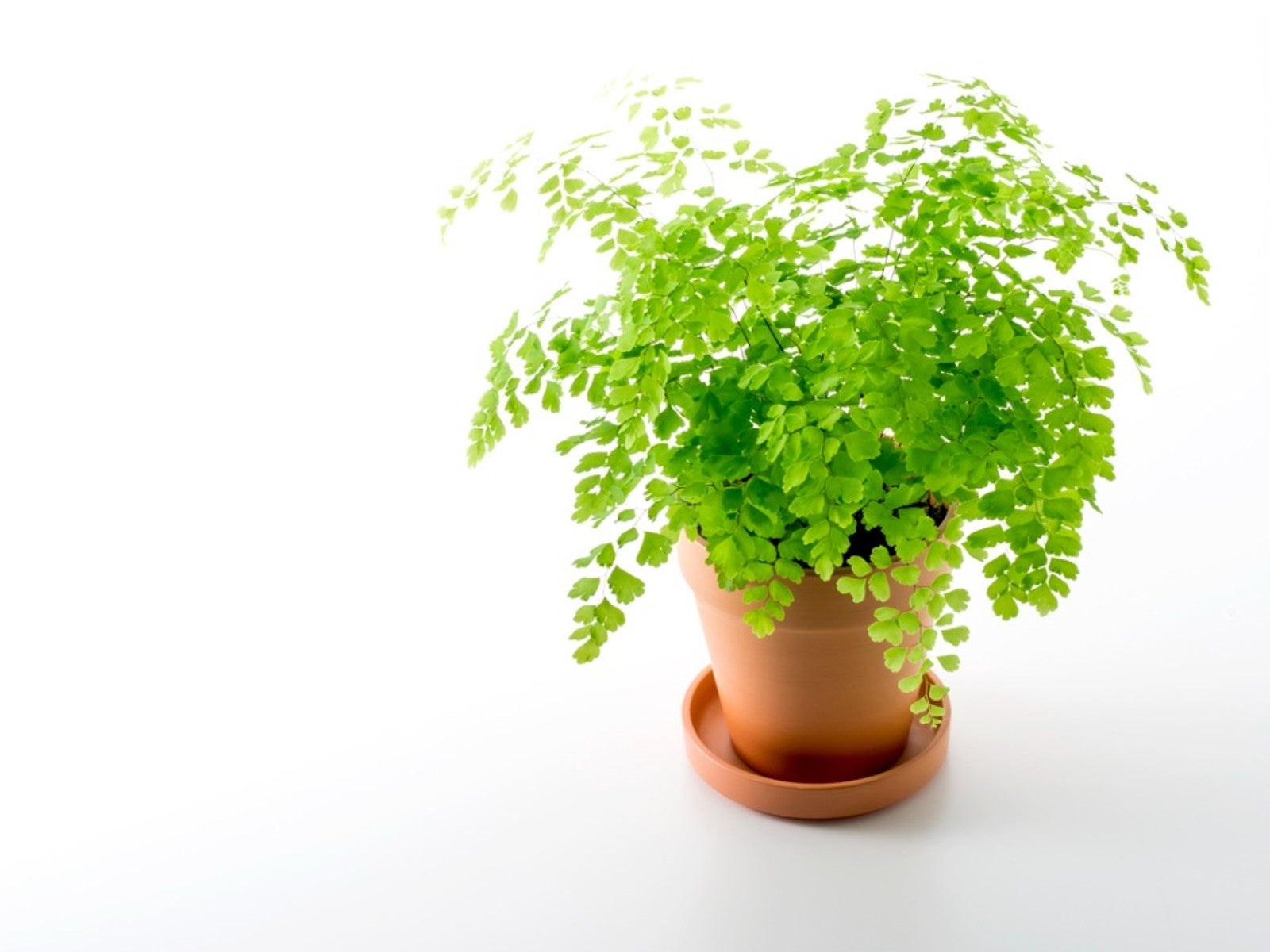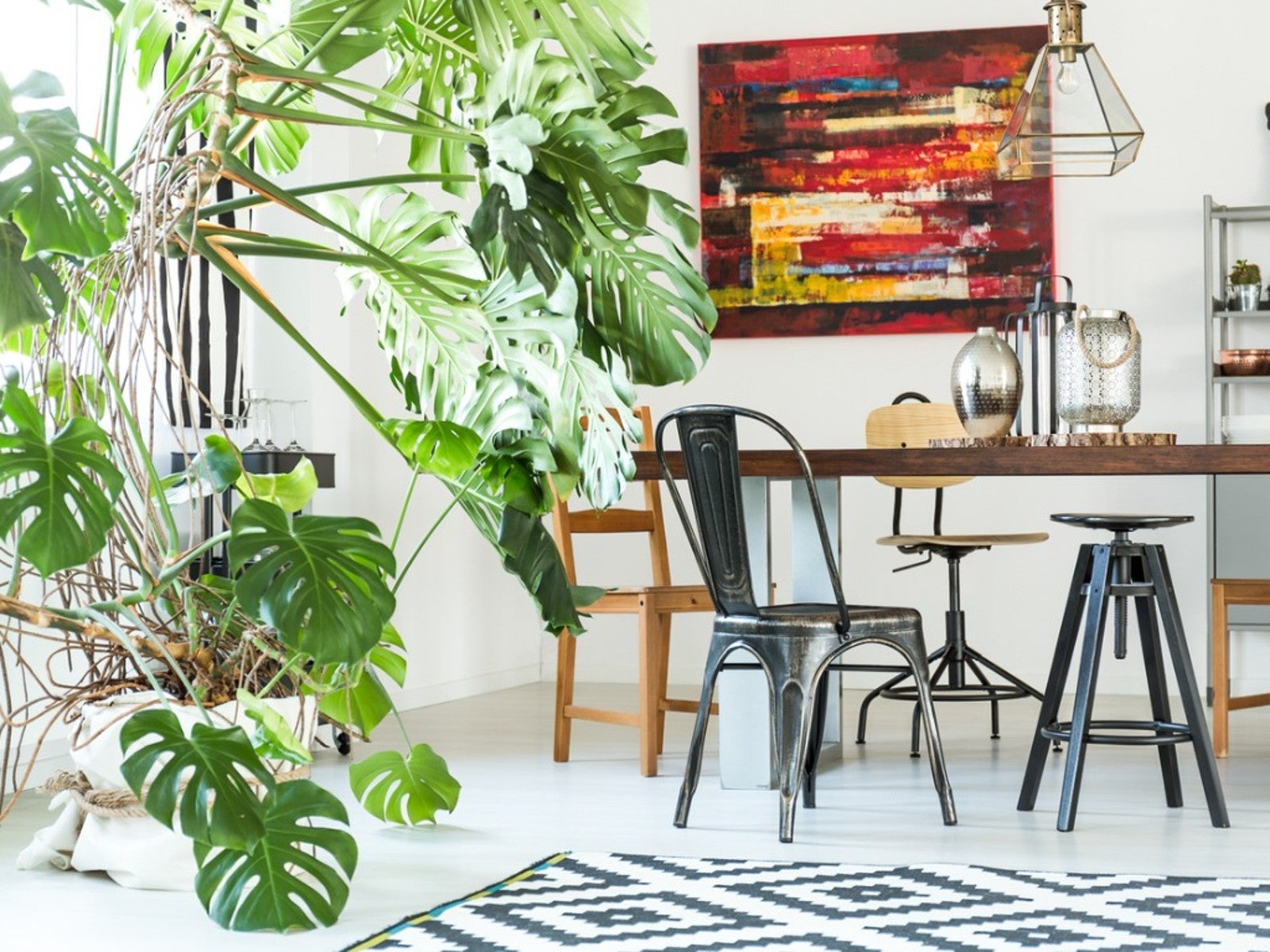Indoor Atrium Garden: What Plants Do Well In An Atrium


An indoor atrium garden becomes a unique focal point that brings sunlight and nature to the indoor environment. Atrium plants also provide a number of benefits to overall health and well-being. According to the Associated Landscape Contractors of America and NASA, certain indoor plants can improve air quality by removing chemicals and pollutants from the air. Read on to learn more.
Plants for an Indoor Atrium Garden
A number of plants are suitable for indoor atriums and include those for both low light and sunny locations.
Low or Moderate Light Plants for Atriums
Most indoor plants require sunlight, and low light doesn't mean no light. However, some plants perform best a few feet (1 m.) away from direct light-- usually in locations bright enough to read a book during the middle of the day. Low or moderate light plants may be a good choice for places where the light is blocked by taller plants, adjacent to stairs, or near atrium panels or windows facing north. Low light plants that can be grown in atriums include:
- Boston fern
- Philodendron
- Chinese evergreen
- Peace lily
- Golden pothos
- Rubber plant
- Dracaena marginata
- King Maya palm
- English ivy
- Cast iron plant (Apidistra)
- Spider plant
Sun-Loving Plants for Atriums
Good atrium plants for bright, sunny spaces directly under a skylight or in front of a glass pane include:
Several tree-type plants also prefer bright light and work well in an atrium with adequate ceiling height. Good atrium plants for a tall space include:
- Black olive tree
- Weeping ficus
- Banana leaf ficus
- Chinese fan palm
- Phoenix palm
- Adonidia palm
- Washington palm
If the air is dry, the atrium may be a good environment for cacti and succulents.
Indoor Atrium Garden Considerations
Keep in mind that light level is only one consideration when deciding what plants do well in an atrium. Consider size, humidity, watering needs, ventilation and room temperature. Few plants can tolerate temperatures below 50 degrees F. (10 C.). Locate plants in close proximity to plants with similar needs. For example, don't plant cacti near humidity-loving tropical plants.
Gardening tips, videos, info and more delivered right to your inbox!
Sign up for the Gardening Know How newsletter today and receive a free copy of our e-book "How to Grow Delicious Tomatoes".

A Credentialed Garden Writer, Mary H. Dyer was with Gardening Know How in the very beginning, publishing articles as early as 2007.
-
 Looking For Plants To Give You The Soft And Fuzzies? Try These 5 Fuzzy Leaf Plant Options
Looking For Plants To Give You The Soft And Fuzzies? Try These 5 Fuzzy Leaf Plant OptionsLovers of texture, drama, silver foliage and tactile plants will adore these special sensory garden additions. These fuzzy leaf plant options will leave you all aglow
By Susan Albert
-
 Get Ready For A Summer Of Hummers! Grow These Full Sun Hummingbird Plants and Flowers
Get Ready For A Summer Of Hummers! Grow These Full Sun Hummingbird Plants and FlowersIf you’re lucky enough to enjoy a sunny backyard, make sure you are maxing out on your pollinator opportunities and grow these full sun hummingbird plants and flowers
By Tonya Barnett
-
 8 Easy Care Houseplants That Live A Long Time
8 Easy Care Houseplants That Live A Long TimeClick here to learn about our 8 favorite low maintenance houseplants that can, with proper care, live a long time.
By Amy Grant
-
 How Often Should You Repot Plants?
How Often Should You Repot Plants?Escaping roots and shrinking leaves may mean your plant wants a new pot, but some like staying cramped and cozy.
By Mary Ellen Ellis
-
 Orange Flowering Houseplant Varieties With Tropical Flair
Orange Flowering Houseplant Varieties With Tropical FlairClick here to learn about some cheerful orange-blooming houseplants you can try growing.
By Mary Ellen Ellis
-
 Variegated Houseplants With Lovely Leaves
Variegated Houseplants With Lovely LeavesWhat are some of the best variegated houseplants to add to your collection? Click here to find out.
By Amy Grant
-
 Lovely, Lacy Indoor Foliage Plants
Lovely, Lacy Indoor Foliage PlantsClick here to learn about some houseplants with lacy foliage to add to your collection.
By Mary Ellen Ellis
-
 Best Christmas Houseplants And Plants For Winter Holidays
Best Christmas Houseplants And Plants For Winter HolidaysClick here for an idea of the best houseplants to use for holiday décor for Christmas, Hanukkah, Kwanzaa, and New Year’s.
By Laura Miller
-
 Best Big Houseplants To Create An Indoor Oasis
Best Big Houseplants To Create An Indoor OasisIf you have the space you may want to grow some large houseplants. Here are some ideas.
By Mary Ellen Ellis
-
 Relaxing Plants To Grow Indoors For A Calmer Mind
Relaxing Plants To Grow Indoors For A Calmer MindAre there houseplants that can help you to relax? Click here to find out.
By Laura Miller